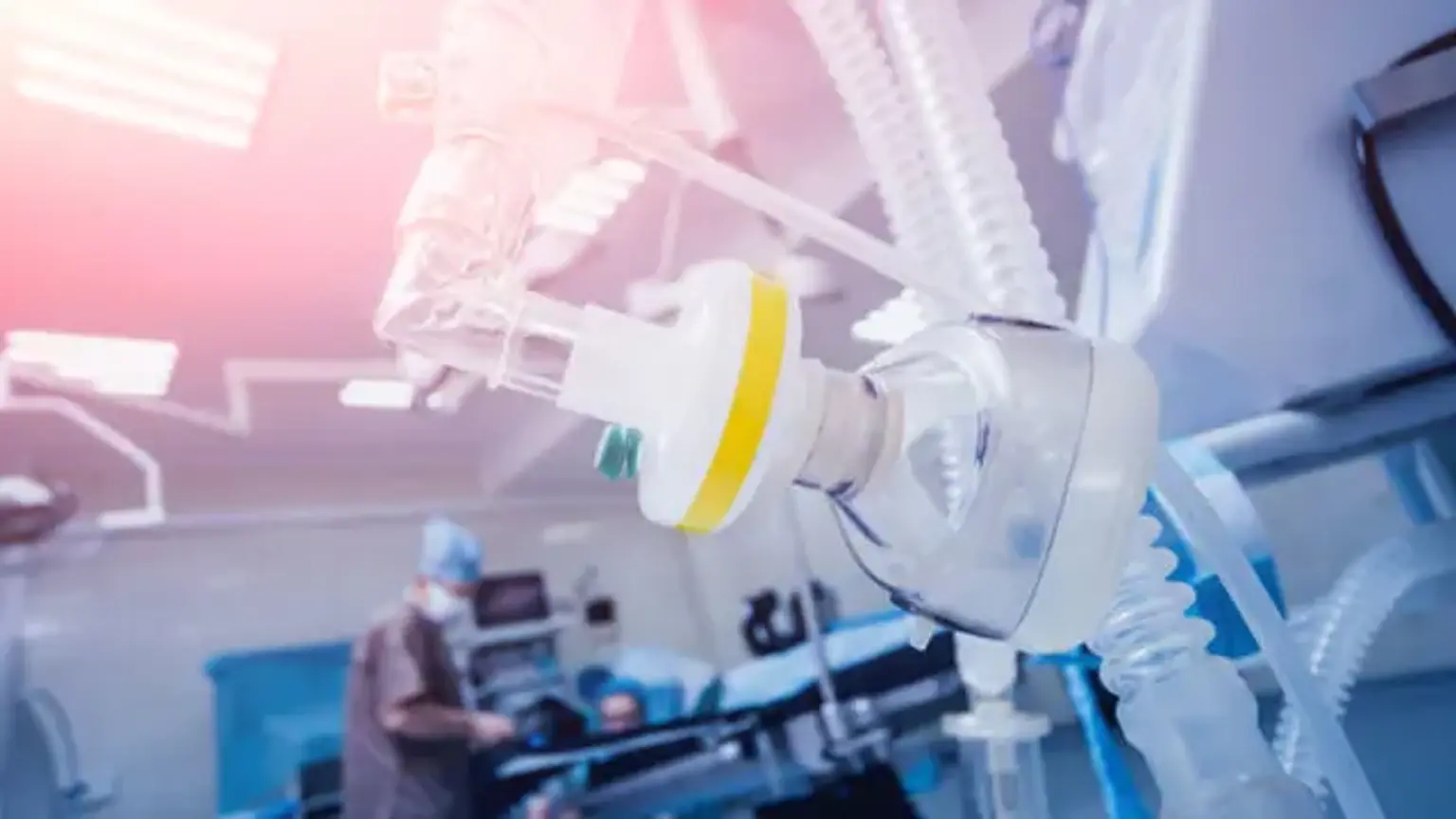General Anesthesia
General anesthesia's main purpose is to make a patient comatose and numb to painful stimuli while suppressing autonomic responses. Intravenous (IV) anesthetics, inhalational anesthetics, IV sedatives, opioid drugs, and neuromuscular blocking medications are the five primary types of anesthetics. Each class has its own set of strengths and shortcomings when it comes to achieving the primary objective of general anesthesia. Doctors can benefit from knowing these qualities as well as major adverse effects.
What is General Anesthesia?
Due to anesthetic drugs, general anesthesia is a medically induced loss of consciousness with accompanying loss of defensive reflexes. To produce unconsciousness, forgetfulness, analgesia, muscle tissue relaxation, and the absence of autonomic system responses, a variety of drugs may be administered. The patient is unresponsive to verbal, physical, or painful stimuli when in this state. During general anesthesia, an upper airway obstruction usually demands the use of a laryngeal mask airway or an endotracheal tube to maintain a patent airway. In addition, the patient's spontaneous breathing is frequently insufficient, necessitating partial or complete mechanical support using positive pressure ventilation. It's also possible that the patient's cardiovascular condition will deteriorate.
